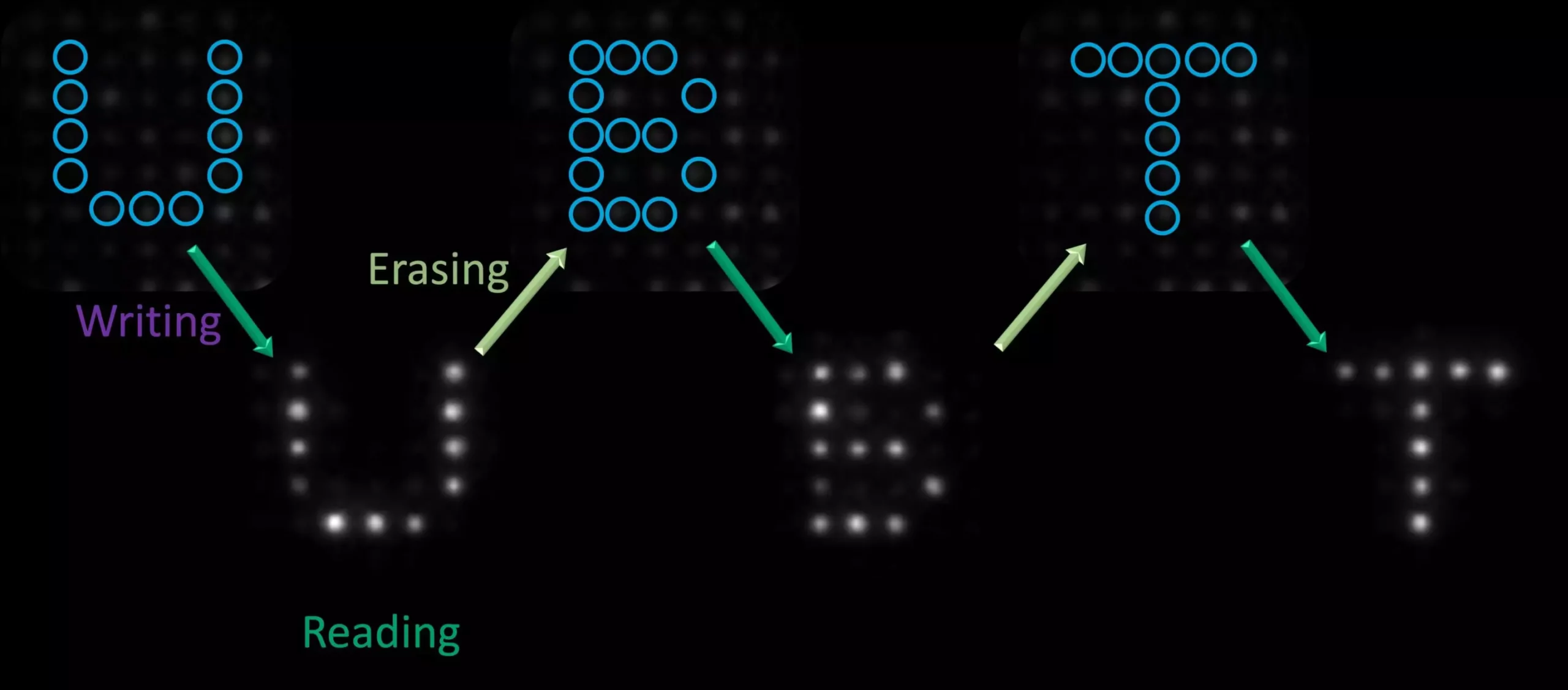In an era where data is the cornerstone of innovation, a revolutionary breakthrough has emerged from a collaborative endeavor involving researchers from the University of Bayreuth and the University of Melbourne. This research focuses on the development of optically switchable photonic units, which promise to transform the landscape of information processing. Published in the prestigious journal Advanced Optical Materials, this study underscores the potential for optical systems to replace traditional electronic methods of data storage and transmission.
Microchips have dramatically influenced society over the last century, forming the backbone of computers and telecommunications. These integrated circuits operate using complex networks of logic gates that manipulate binary signals through electron movement. Despite the efficiency of electronic circuits, they are constrained by certain limitations inherent in electron-based data processing. The quest for an alternative method that employs photons instead of electrons has long fascinated scientists, as light-based systems may provide superior speed and capacity.
The collaborative effort led by Prof. Dr. Jürgen Köhler and Prof. Dr. Mukundan Thelakkat at the University of Bayreuth, alongside their counterparts at the University of Melbourne, marks a significant advancement towards achieving optical information processing. Their research involves a sophisticated approach where microstructured polymer spheres serve as a medium for storing binary information. Remarkably, the team has conducted numerous cycles of reading, writing, and erasing information using optical methods, even successfully inscribing letters of the alphabet in overlapping sequences at the same location on a microstructured array.
One of the compelling advantages of optical data processing lies in the vast dimensionality of light as a signal carrier. Prof. Köhler highlights how light can vary not only in intensity but also in wavelength and polarization. This multi-faceted nature of light allows for more sophisticated multiplexing techniques, essentially permitting the transmission of more information simultaneously compared to traditional electron-based systems. As researchers delve deeper into this technology, we could be on the brink of new advancements in logic gates and microchips that leverage these properties for enhanced performance and efficiency.
Looking to the future, the implications of this research are profound. By harnessing the capabilities of photonic units, future microchips could potentially operate at unprecedented speeds, thereby meeting the increasing demand for ultra-fast data processing across various sectors, including telecommunications, computing, and beyond. Moreover, this innovation may lay the groundwork for advanced technologies that prioritize sustainability while delivering superior performance.
The collaborative research between Bayreuth and Melbourne not only addresses the limitations of electronic circuit designs but also opens doors to a new paradigm of optical computing. As scientists continue to refine these optically switchable photonic units, we may soon witness a future where data processing is not only faster and more efficient but also more environmentally friendly. This pioneering work underscores the importance of interdisciplinary collaboration in driving technological advancements and shaping a smarter, more connected world.


Leave a Reply